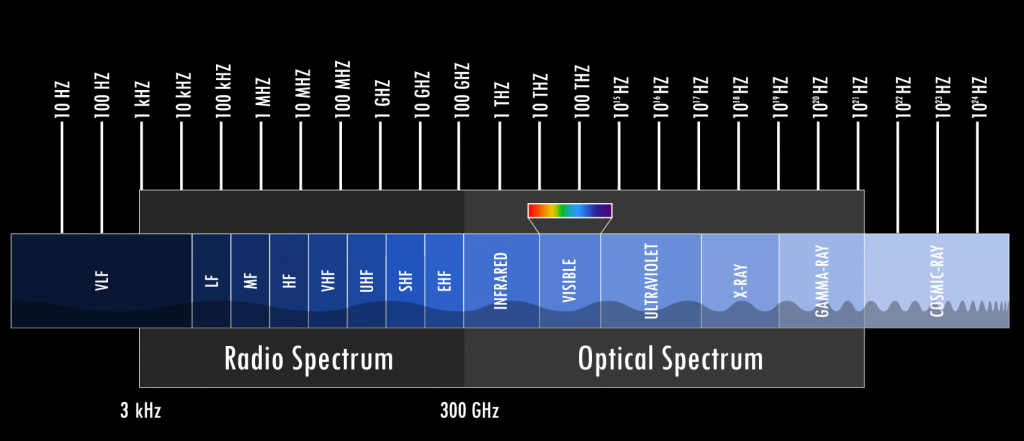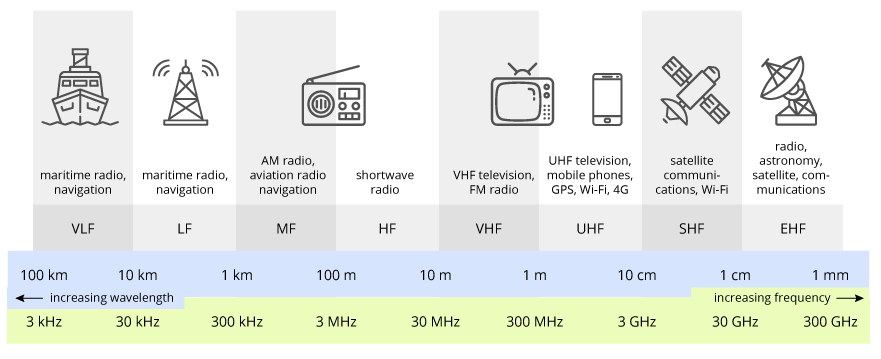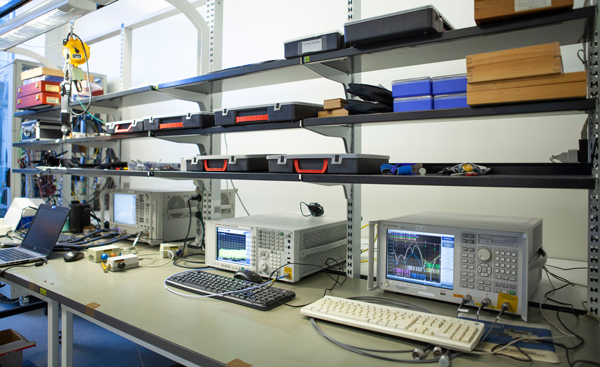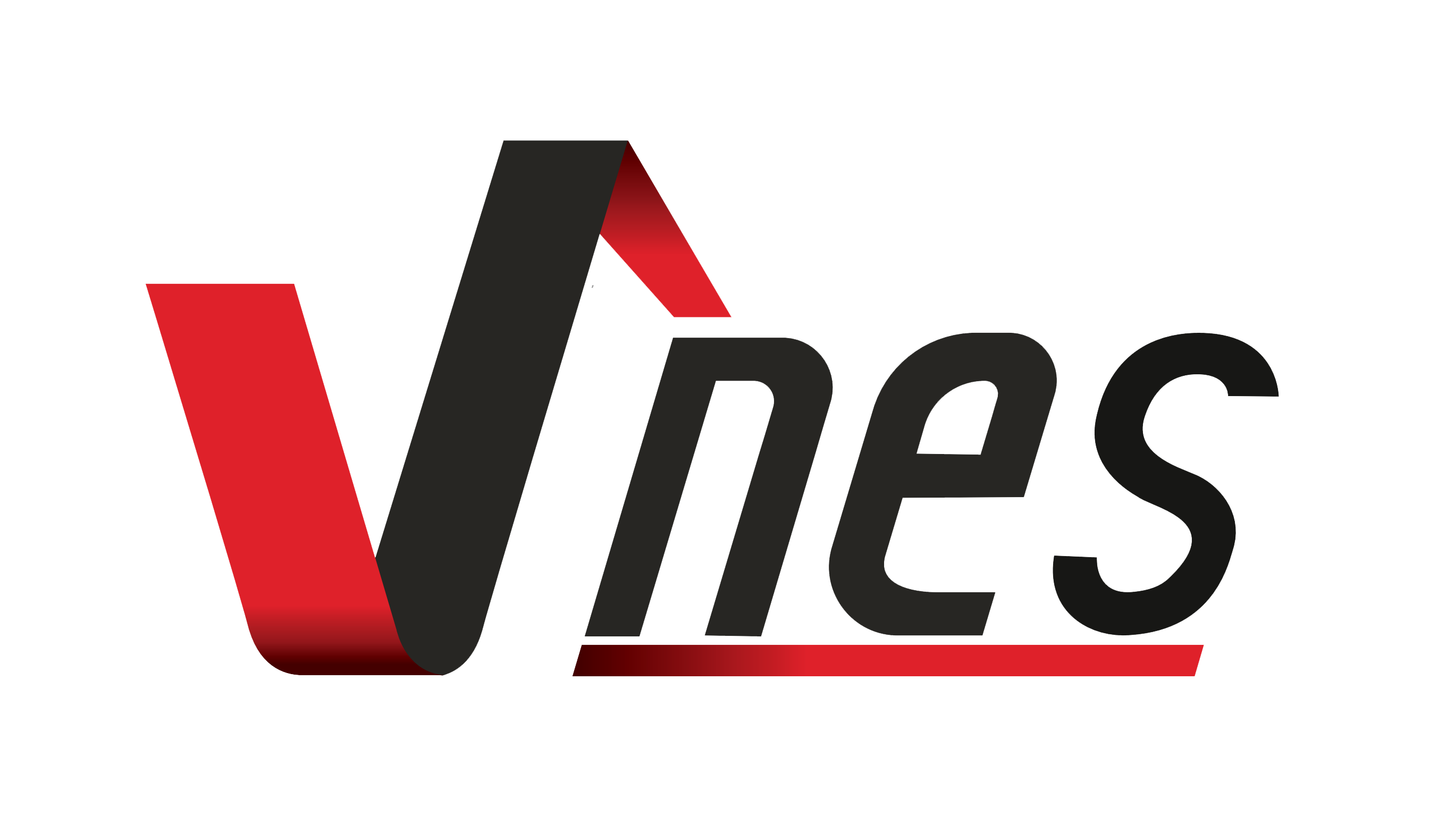TESTING SERVICE
WHAT IS RADIO FREQUENCY TESTING?

Radio frequency testing is needed for radio and telecommunications equipment to test they are using the radio spectrum effectively by not interfering with other users of the radio frequency spectrum.
A radio frequency test covers technology such as Wi-Fi, Zigbee, PMR radio, RFID, NFC, GPS, cellular technologies and more. Other tests are also usually required to verify that a device meets local regulations for electromagnetic compatibility (EMC), electrical safety and RF exposure.
WHY IS RADIO FREQUENCY TESTING IMPORTANT?

Radio frequency compliance is a mandatory requirement in most international markets including the EU, the US, Canada, Australia and Japan etc. If you manufacture wireless devices or incorporate wireless devices into your product, you must comply with the regulations of your intended markets, otherwise your products cannot be legally sold. Radio frequency testing can also reveal problems early helping brands avoid costly rework and gain access to global markets fast.
The benefits of Radiofrequency Testing
VNES’ Radiofrequency Testing TESTING
VNES’ Radiofrequency Testing Testing services are designed to test RF requirements in electronic devices and components. These tests are an essential requirement in order to ensure that products integrating a wireless interface are fully compliant with national and international standards and requirements.
Our RF testing services are specifically designed to support manufacturers when their products need to meet certain standards and requirements to protect the spectrum and the effective use of it. These are regulatory requirements in most companies, which is why our RF Testing specialists are fully accredited in line with specific national laws.
We ensure that all of our customers’ products are fully compliant with all the applicable or requested RF requirements in each market, ensuring market access and success with minimum interference.

